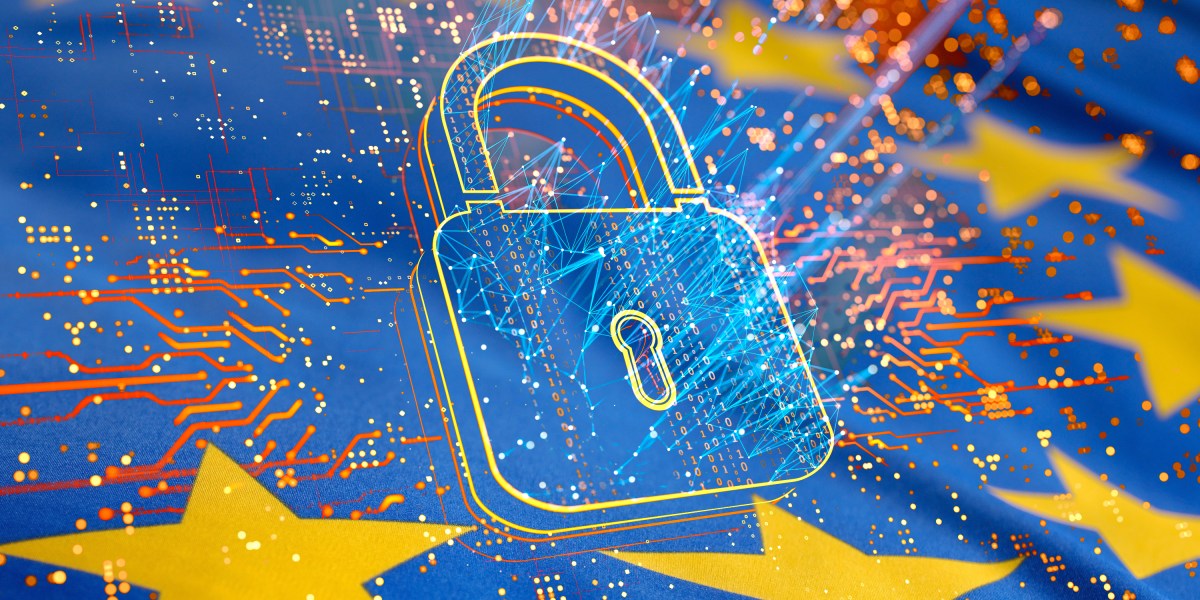After three years, the AI Act, the EU’s new sweeping AI law, jumped through its final bureaucratic hoop last week when the European Parliament voted to approve it.
This is the best summary I could come up with:
It also bans some uses that are deemed to pose an “unacceptable risk.” They include some pretty out-there and ambiguous use cases, such as AI systems that deploy “subliminal, manipulative, or deceptive techniques to distort behavior and impair informed decision-making,” or exploit vulnerable people.
The AI Act also bans systems that infer sensitive characteristics such as someone’s political opinions or sexual orientation, and the use of real-time facial recognition software in public places.
Law enforcement agencies are still allowed to use sensitive biometric data, as well as facial recognition software in public places to fight serious crime, such as terrorism or kidnappings.
Some efforts show promise, such as the C2PA, an open-source internet protocol, but far more work is needed to make provenance techniques reliable, and to build an industry-wide standard.
Estimates suggest that Nigeria, Ghana, Kenya, and South Africa alone could rake in up to $136 billion worth of economic benefits by 2030 if businesses there begin using more AI tools.
If you prompt the model with a situation, like a driver recklessly merging onto a highway at high speed, it predicts how the surrounding vehicles will move, then generates a lidar representation of 5 to 10 seconds into the future (MIT Technology Review)
The original article contains 1,436 words, the summary contains 204 words. Saved 86%. I’m a bot and I’m open source!
Legislate fast and break thing



